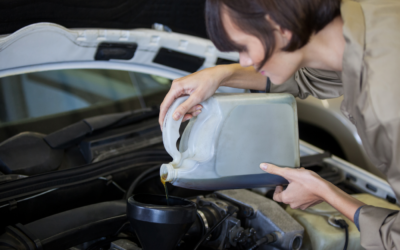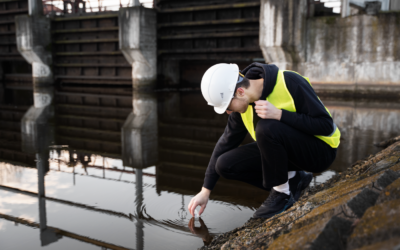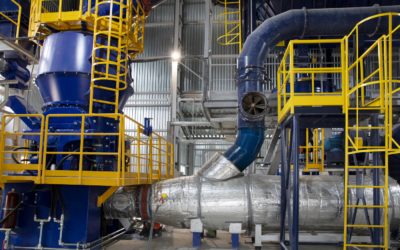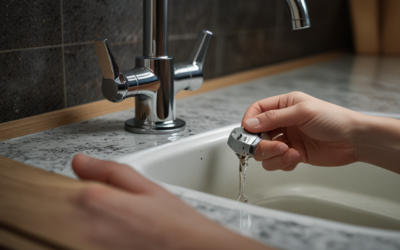CPVC or Chlorinated Polyvinyl Chloride pipes are widely used in plumbing systems. It is a viable alternative to traditional PVC and copper pipes. CPVC pipes are stronger and more durable than PVC pipes. Moreover, these pipes are resistant to corrosion and rust. It is ideal for hot and cold water applications. In this blog post, we will discuss some tips for installing and servicing CPVC pipes.
Choose the Right Pipe Size
Choosing the right pipe size is essential for ensuring proper water flow and efficiency. A pipe that is too small can put a strain on the system, hamper the water flow and cause damage to the pipes. On the other hand, a pipe that is too large may result in increased water pressure and cause the pipes to burst. The right pipe size can be determined based on factors such as the number of outlets and fixtures in the plumbing system, the water pressure, and the distance the water needs to travel.

Prepare the Pipes for Installation
Before installing CPVC pipes, they need to be cut to size. Use a pipe cutter or saw to cut the pipes to the required length. Then, use a deburring tool to smooth out the edges of the pipes. This step is crucial since it ensures that the pipes are properly connected and leaks are prevented.
Ensure Proper Support
CPVC pipes can expand and contract due to temperature variations. As a result, it is essential to provide proper support to prevent damage to the pipes over time. When installing CPVC pipes, ensure that they are supported by brackets or clamps at regular intervals. This helps to distribute the weight of the pipe evenly and prevent any sagging or damage to the system.
Use the Right Connectors
It is essential to use the right connectors when installing CPVC pipes. The connectors must be compatible with the pipe and should provide a secure, leak-proof connection. There are different types of connectors available, including couplings, elbows, tees, and valves. Choose the right connectors based on the specific needs of the plumbing system.

Secure the Pipes with Solvent Cement
CPVC pipes are joined using solvent cement. Solvent cement is a type of adhesive that chemically bonds the pipes together. It is essential to use the right type of solvent cement for CPVC pipes. Ensure that the pipes are cleaned and thoroughly dried before applying the solvent cement. Apply a generous amount of cement to the pipe and connector and immediately push the two together. Hold the two pieces together for a few seconds to allow the solvent cement to set.
Perform Regular Maintenance
Regular maintenance is essential for ensuring that CPVC pipes continue to function effectively. Check for any signs of leaks or damage to the pipes. Addressing small issues promptly prevents them from turning into major problems. Additionally, flushing out the pipes regularly helps to dislodge any debris that may have accumulated over time.
In conclusion, CPVC pipes are an excellent alternative to traditional PVC and copper pipes. They are strong, durable, and resistant to corrosion and rust. When installing and servicing CPVC pipes, ensure that the right pipe size is chosen, the pipes are adequately supported, and the right connectors and solvent cement are used. Regular maintenance can help to prevent issues and prolong the life of the plumbing system.






